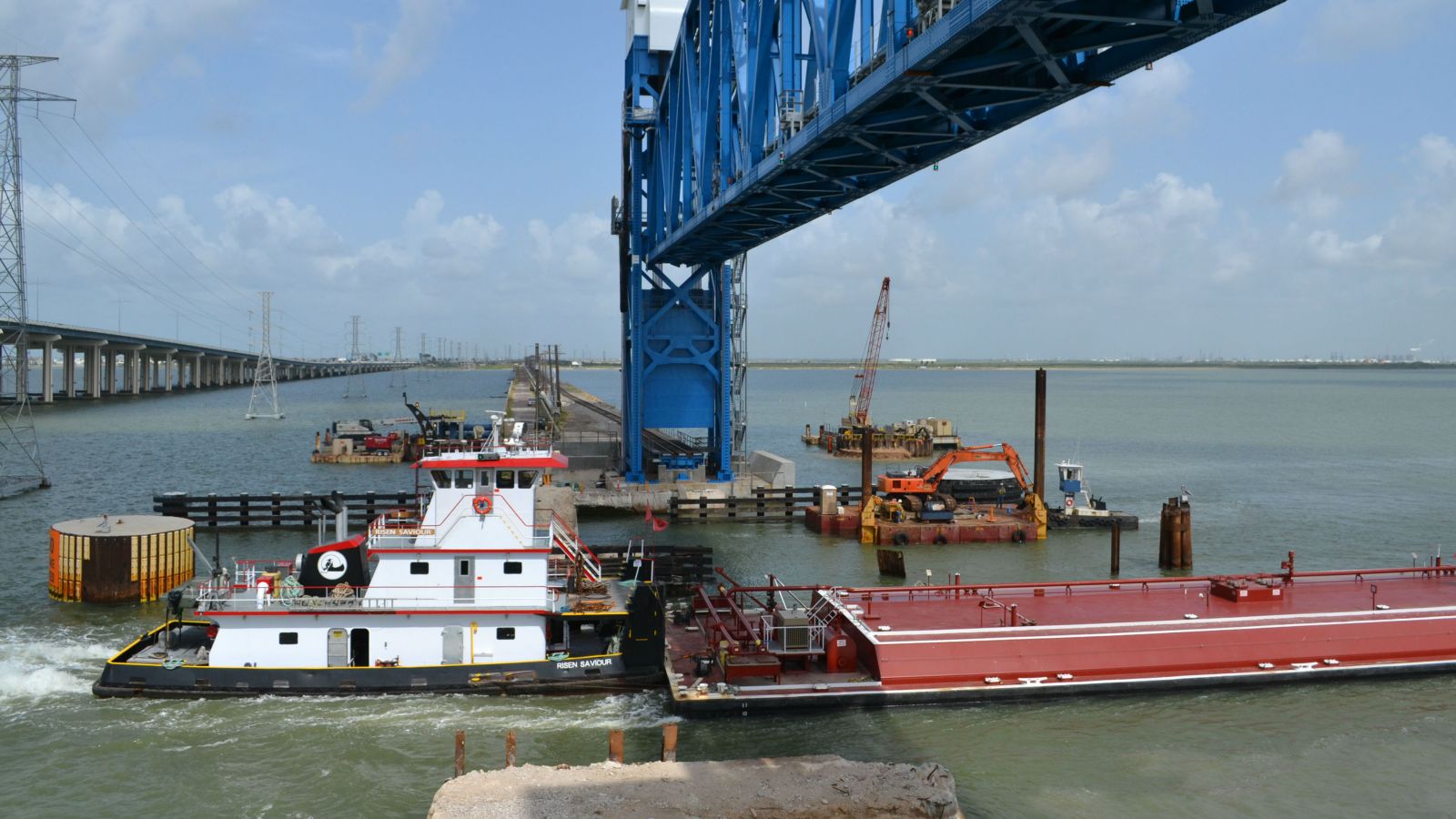U.S. Agriculture Challenged by Aging Infrastructure

The Coalition for America’s Gateways and Trade Corridors (CAGTC) has released its second in a series of White Papers that explores why national freight infrastructure must be improved.
The Vital Role of U.S. Transportation Infrastructure in Moving Agriculture Forward reviews the impact of deteriorating infrastructure on U.S. agricultural competitiveness in the global market, focusing as an example on soybeans grown in the state of Illinois.
The U.S. boasts more than 25,000 miles of coastal, intracoastal and inland waterways, which are essential to agriculture’s success, particularly for moving products to export. According to the American Waterway Operators (AWO), annual traffic on America’s inland navigation routes carries the equivalent of 58 million semi-truck trips each year.
Waterways are especially important for soybean producers, as 58 percent of U.S. soybean exports exit the country via the Mississippi River’s Gulf ports alone.
The American Society of Civil Engineers (ASCE) gave the nation’s inland waterways and rivers a D grade in its 2017 assessment as the U.S. system of locks and dams is outdated and in dire need of maintenance and repair. In many cases, inland waterways systems have not been comprehensively updated since the 1950s, and more than half of the locks are over 50 years old. The LaGrange Lock on the Illinois River is 80 years old, with concrete crumbling and other critical components difficult to maintain.
Waterways must now accommodate cargo ships of ever-increasing size. The volume of traffic handled by the nation’s inland waterways is substantial, and so are the risks from system failure, states the report. Repairs can take days, weeks or months, often with no advance notice to shippers, carriers or others who depend on these resource corridors for their businesses. The ASCE estimates that between 2000 and 2014, the average delay per lock nearly doubled and that 49 percent of vessels experienced delays in 2014.
To make things worse, projects to repair, rehabilitate or eventually replace aging locks and dredge-silted channels take decades to approve and complete. According to the U.S. Army Corps of Engineers (Corps), more than $23 billion in commodities are shipped on Illinois’ inland waterways annually. However, the backlog of deferred maintenance projects is $599 million and growing.
The U.S. agriculture sector is a significant component of the U.S. economy and continues to grow. In fact, the U.S. Department of Agriculture estimates that U.S. farm exports were worth twice as much in 2016 as they were 10 years previously. Agriculture commodities are commonly time sensitive and therefore require a stable, robust goods movement network.
“Robust, efficient infrastructure for moving agricultural commodities to market is important to farmers and agribusinesses, as it allows them to make sales and deliver products on time and in good shape – and ensure economic viability,” said Mike Levin, Director of Issues Management Analysis, Illinois Soybean Association and author of The Vital Role of U.S. Transportation Infrastructure in Moving Agriculture Forward. “Without a strong goods movement network, agricultural commodities cannot remain competitive in global markets, and we are already starting to feel the pressure. In 2013, Brazilian exports surpassed U.S. soybean exports, a move that was primarily attributed to the differences in transportation costs.”
While differences in transportation costs for some destinations and routes helped to divert trade from the U.S. to sources in Brazil or Argentina, the reverse can also be true should U.S. freight infrastructure offer greater competitiveness, says Levin.
Unique from other types of infrastructure investment, investment in the nation’s multimodal freight network is an economic multiplier, he says. Not only are jobs created immediately in the construction phase, but an efficient goods movement system will attract and retain U.S. businesses, support exports and benefit the economy for years to come.
“Our nation’s farmers rely on a high-functioning, efficient multimodal freight network from harvest to market. Although many think only of the rural component required to move agriculture commodities, in fact products travel through both rural communities and urban centers, requiring dependable and cost-effective infrastructure from end-to-end,” said CAGTC Executive Director Elaine Nessle. “A strategic campaign of investment is needed to ensure that our agricultural producers can remain competitive in the global market place.”
The report is available here.
